 EN
EN
 PT
PT
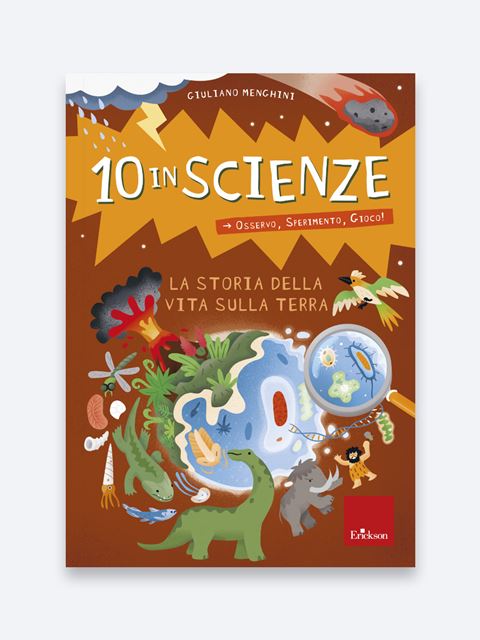
Product: Book
Trim size in cm: 21x29,7cm
Pages: 48
ISBN: 9788859023715
Publication date: 01/11/2020
Suitable for: Primary 2nd level (ages 8-10), Lower secondary 1st level (ages 10-11)
REQUEST A SAMPLE OR MORE INFORMATION
10 questions, 10 games, 10 topics to discover the secrets about living beings that have inhabited the earth in the last 4 billion years!
The notebook consists of 10 sections, each dedicated to a different phase of the evolution of living beings on Earth. What is a living being? How did life on Earth appear? Why did dinosaurs dominate the world but then go extinct? These are some of the questions you will need to try to answer by LOOKING, EXPERIMENTING, AND PLAYING.
In the worksheets accompanying the notebook you will find all the materials needed to assemble the 10 SCIENTIFIC GAMES with your own hands.
A journey through time that allows you to explore the history of our wonderful planet from the window of an exceptional means of transport also used by great scientists from all over the world, the EXPERIMENTAL METHOD, and all from your home and without the need for special tools.
Index
Instructions
Introduction
1. What is a living thing?
2. How did life appear on the planet?
3. How did the first complex living things form?
4. What were the first animals like?
5. What were the first living things to leave the water and live on land?
6. How did plant and animal life spread on land?
7. Have the same species of plants and animals always lived on earth?
8. Why did dinosaurs dominate the land and then go extinct?
9. Why did the era of mammals begin after the era of dinosaurs?
10. When and how did humans appear?
The answers, in my own words!
Concept map

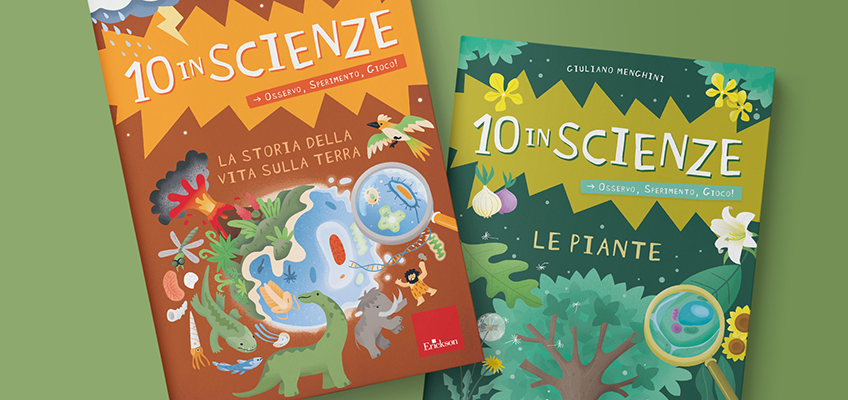
10 in Science is an innovative and fun workbook series, useful for getting primary and lower secondary school students (ages 9 to 13) to apply the scientific method through observation, experimentation, and play. An innovative programme that invites students to think like real scientists, introducing them to the fascinating world of plants and how they work.
Each book contains 10 chapters which follow the scientific method experiment scheme:
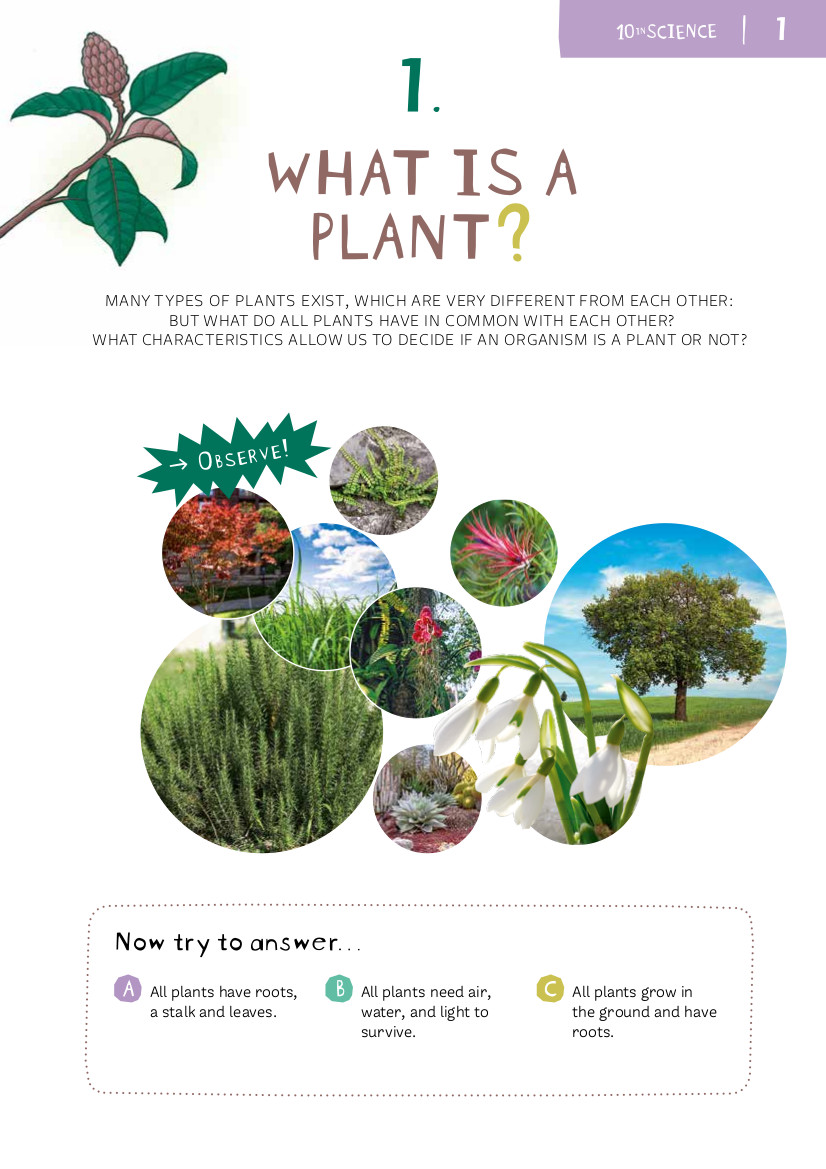
1. QUESTION
The title of the chapter introduces a question, which the student uses to begin reasoning and formulating a hypothesis.
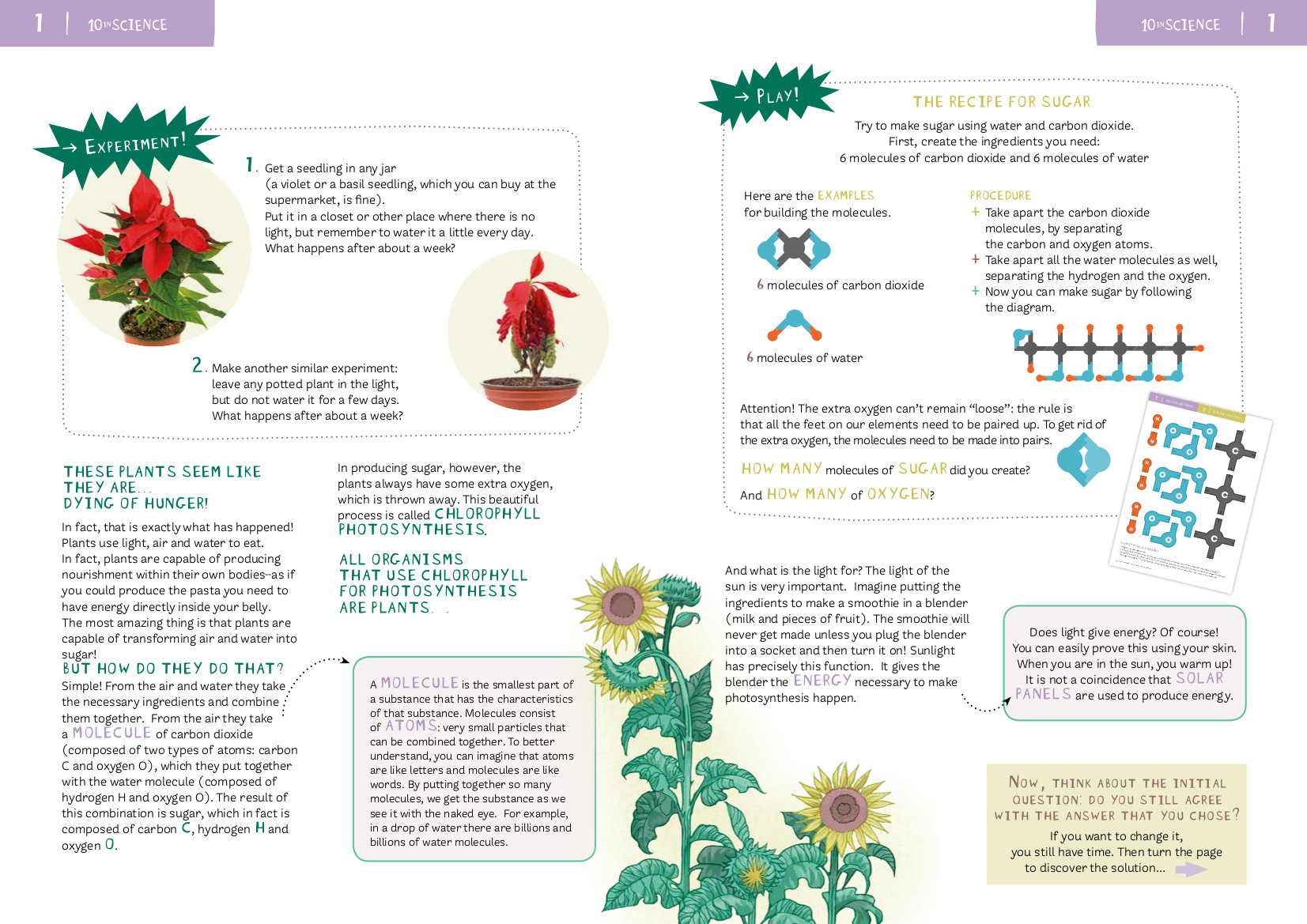
2. OBSERVATION
The chapter continues with observation of an experiment which helps the student understand the phenomenon and come up with a more precise idea with respect to the possible answers of the initial question.
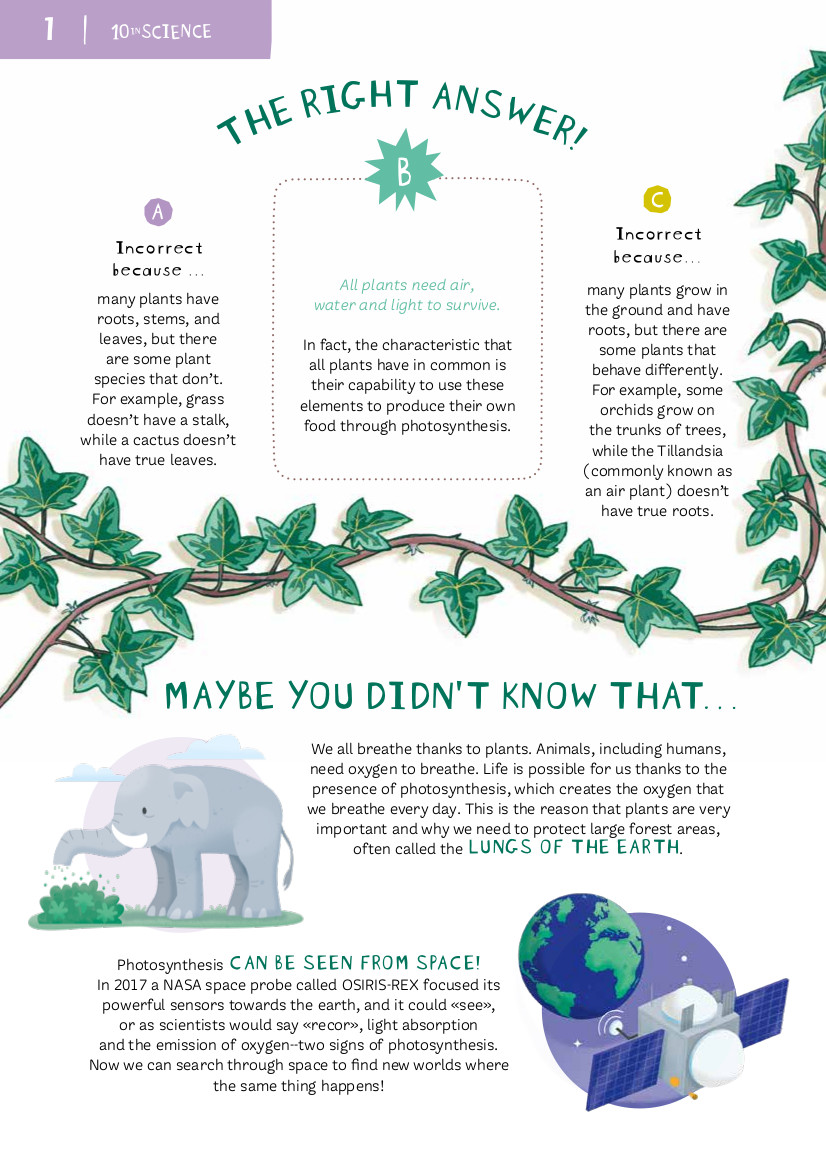
3. THE TEST
The chapter ends with finding out the correct response. Each answer is accompanied by an explanation, to help the student understand why the other options are not correct.
The topics covered are accompanied by special boxes:

OBSERVE!” box invites you to pay attention to some important details: thanks to the help of some photos taken under a microscope, children can develop a scientist’s “super vision”.
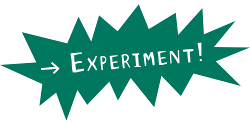
In the “EXPERIMENT!” box, the student will find some ideas for first-hand experiments on the phenomena studied.

Each topic presented in the “PLAY!” box contains scientific games which stimulate curiosity and illustrate the more fun and creative side of science.
At the back of the book, all of the worksheets and cuttable materials necessary for assembling and completing the scientific games and activities - useful for reflection and understanding - can be found.
Leaf through some pages of the book that have been translated into English to give you a general idea of how “10 in Science - The Story of Life on Earth” is structured.
Leaf through some pages of the book that have been translated into English to give you a general idea of how “10 in Science - Plants” is structured.
THE AUTHOR
Giuliano Menghini Graduated in Natural Science, he taught biology, chemistry and Earth science in high schools. He also projected and designed some of the best Italian scientific educational games.